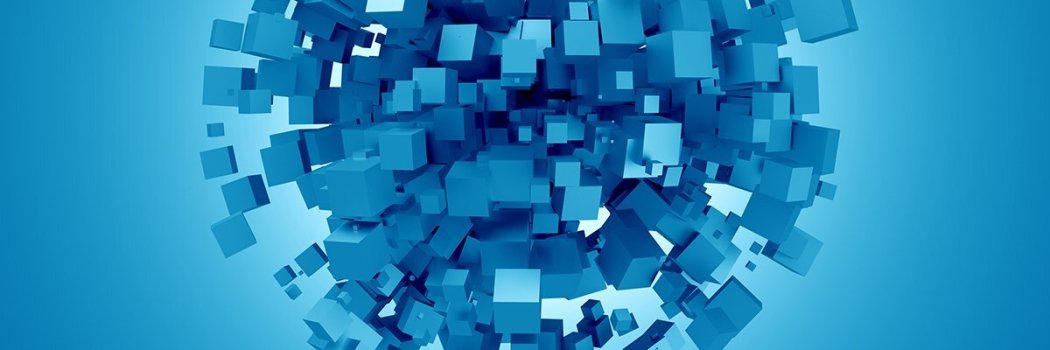In the last century, paper lists and ledgers gave way to powerful electronic databases that enable IT admins to search, sort, share and move records and associated information.
But traditional databases have limitations. For example, databases are singularly owned services. A business deploys, builds and manages its database and the data it contains. The business can then use that data -- or sell or share it with other businesses within its digital economy. The business that owns the database has total control over its design, contents and availability -- and data users are wholly dependent upon the integrity of the data and database owner, often dubbed a "trusted authority." And as the world becomes evermore connected and dependent on data and data sharing, the limitations of traditional databases pose challenges to security and trust.
These limitations have driven the development of distributed electronic database systems. It's a technology intended to democratize information by distributing and synchronizing data between multiple independent stakeholders, such as businesses or governments, that choose to participate in the system. The most common example of this system is blockchain.
Continue reading: https://searchitoperations.techtarget.com/tip/Blockchain-An-immutable-ledger-to-replace-the-database
But traditional databases have limitations. For example, databases are singularly owned services. A business deploys, builds and manages its database and the data it contains. The business can then use that data -- or sell or share it with other businesses within its digital economy. The business that owns the database has total control over its design, contents and availability -- and data users are wholly dependent upon the integrity of the data and database owner, often dubbed a "trusted authority." And as the world becomes evermore connected and dependent on data and data sharing, the limitations of traditional databases pose challenges to security and trust.
These limitations have driven the development of distributed electronic database systems. It's a technology intended to democratize information by distributing and synchronizing data between multiple independent stakeholders, such as businesses or governments, that choose to participate in the system. The most common example of this system is blockchain.
Continue reading: https://searchitoperations.techtarget.com/tip/Blockchain-An-immutable-ledger-to-replace-the-database

